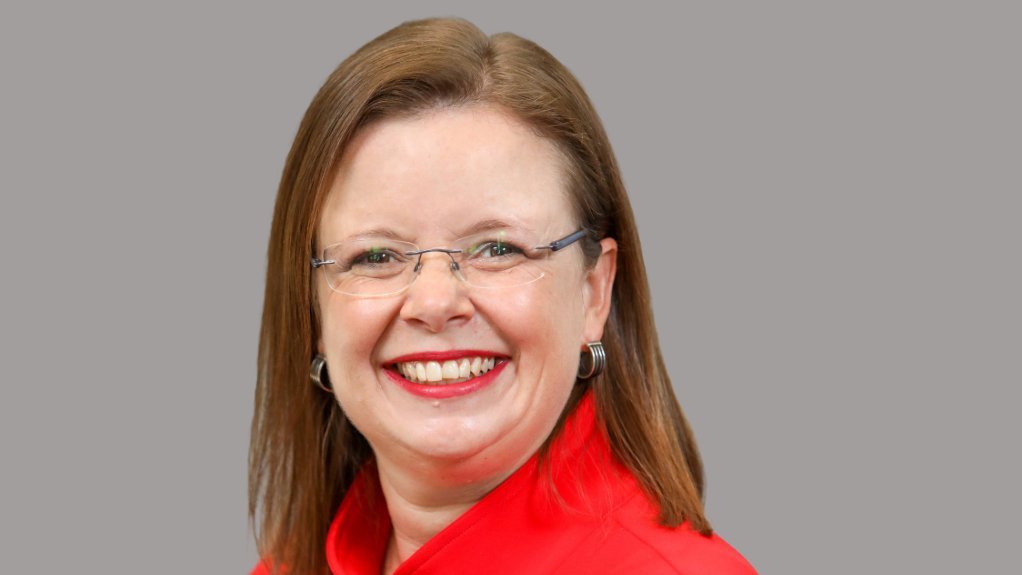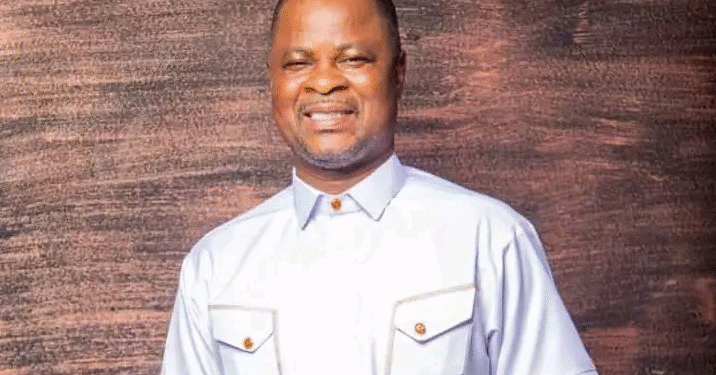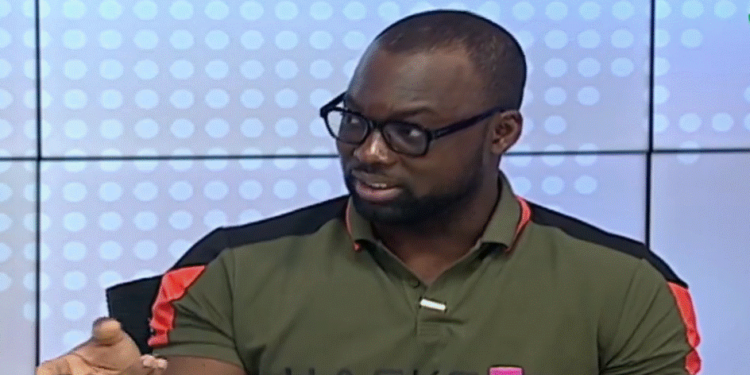South Africa’s annual consumer inflation slowed to 3.3% in August, easing from 3.5% the previous month, as declines in goods and services prices offered some relief, Statistics South Africa reported on Wednesday.
The consumer price index (CPI) dropped by 0.1% month-on-month in August, reversing the 0.9% increase recorded in July.
Housing and utilities emerged as the largest contributors to year-on-year price growth, rising 4.3% and adding 1.0 percentage point to the overall inflation rate. Food and non-alcoholic beverages followed closely with a 5.2% increase, contributing 0.9 percentage points.
Goods inflation moderated slightly to 3.1% from 3.2%, while services inflation remained steady at 3.6%, the agency said.
The inflation report was released a day before the South African Reserve Bank’s (SARB) monetary policy committee is expected to announce its latest decision on the benchmark repurchase rate. Economists widely predict the rate will remain unchanged at 7%.
The SARB has shifted its target range, now aiming for a 3% inflation anchor rather than the 4.5% midpoint of its 3-6% target band. Analysts warn this adjustment could complicate the country’s monetary outlook. Some economists believe inflation may tick upward in the short term, though they expect the increase to remain modest. “At some stage, this benign inflation will give scope for the Reserve Bank to give further interest rate relief,” said Elna Moolman, head of economic research at Standard Bank.
“However, it’s quite difficult to pinpoint the timing of such relief especially given the Reserve Bank’s new goal to anchor inflation and inflation expectations around the floor, rather than the midpoint, of its 3-6% inflation target.”
Elna Moolman

Economic Growth Meets Structural Challenges
South Africa’s economy showed signs of cautious momentum in 2025. Gross domestic product expanded by 0.8% in the second quarter, its fastest pace in two years. Growth was driven mainly by manufacturing, mining, and trade, which proved resilient against both domestic and global pressures, including tariff threats and infrastructure gaps.
Industries such as automotive, petroleum, chemicals, and agriculture recorded positive contributions, though construction, transport, and communications contracted slightly.
Despite this rebound, South Africa’s economic trajectory remains fragile after a decade of sluggish expansion averaging just 0.7% annually. Persistent structural weaknesses, including electricity shortages, logistical disruptions, and a weak business climate, continue to limit progress.
Load shedding has eased since 2024 due to improved Eskom management and greater private-sector power generation, but energy challenges still restrict growth potential.
Employment remains one of the most pressing concerns. With an unemployment rate of around 32.9%, South Africa continues to struggle to generate enough jobs for its growing population. Youth and women are disproportionately affected, while poverty and inequality persist at extreme levels. In 2023, nearly 63% of the population was estimated to be living below the poverty line, highlighting deep social vulnerabilities.
Financial markets, however, have remained buoyant. The Johannesburg Stock Exchange has hit record highs, and the rand has strengthened on improved investor sentiment.
Looking ahead, the government is targeting a 3% growth rate within the next three years. Officials are banking on reforms in power generation, rail and freight infrastructure, and workforce skills development to drive long-term expansion.
However, reluctance from private investors and mounting socio-economic pressures remain obstacles to sustained growth. For Africa’s most industrialized economy, the path forward will require balancing inflation control with inclusive development to secure stability and resilience.
READ ALSO: Govt Begins New ATC Tower, Operationalizes New Passenger Data System at Kotoka























